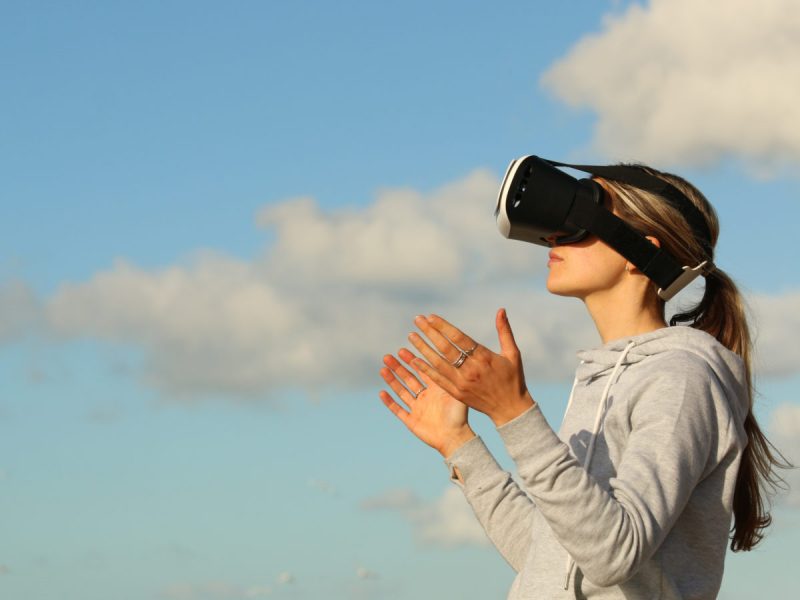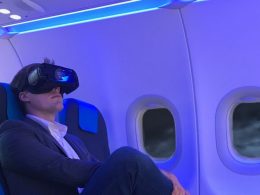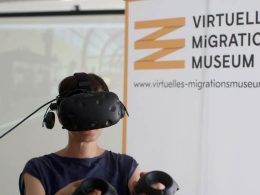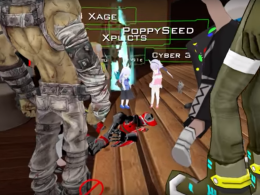Sexual harassment in virtual worlds is real. Facebook is taking proactive action, but some things need to change before all users can move freely in VR.
As exciting as the steps towards virtual reality are, many things need to be considered during development. Unlike usual, Facebook is taking a more cautious approach in this respect instead of pursuing a "move fast and break things" strategy. As a preventative measure, the company is working on measures to make virtual places safer.
Measures such as the safety bubbles are designed to protect users
At the F8 conference held by Facebook on 30 April and 1 May, Lindsay Younger from Facebook announced the introduction of so-called safety bubbles in their VR applications. These are designed to protect users from being harassed by other avatars. If one avatar enters the safety bubble of another, both avatars become invisible to each other. Other users can also be paused or muted. In similar applications, such as Harmonix's new Dance Central VR app, participants can give other avatars "both thumbs down" instead of "both thumbs up". If this gesture is performed in the direction of another avatar, it disappears from the social space.
Sexual harassment in virtual places is nothing new
These are Facebook's reactions to stories such as that of Jordan Belamire, who reported a sexual assault in VR in a blog post in 2016. In it, she describes her experience in the multiplayer game "QuiVR", where she was identified as a woman and harassed despite having a gender-neutral avatar. The other player named BigBro442 first grabbed Belamire's avatar's breast and eventually her crotch. Although this was three years ago, the issue is highly topical. At the time, the article raised questions such as: "At what point is it a real assault instead of harassment?", "Who can and should be held responsible?" or "What punishment is appropriate for perpetrators?
One of the first reports of this kind was written by Julian Dibbell at the end of 1993, when a user called Mr Bungle used his avatar in the online community LambdaMOO to virtually rape female users. A few years later, incidents of reported sexual harassment increased with the launch of the online infrastructure "Second Life".
"Of course, you're not physically being touched but it's still scary as hell," as Belamire explains in her blog post. "No bodies touched", writes Dibbell, but the consequences can reach similar proportions to those after a real event: "post-traumatic tears were streaming down her face - a real-life fact that should suffice to prove that the words' emotional content was no mere playacting."
There are still no legal consequences
With the introduction of AR and VR, experts are calling for the establishment of new social rules - do's and don'ts of the virtual world. There must also be rules as to which actions are punishable by law - just like in real life. However, as long as there is no physicality, i.e. proper haptic feedback has not yet been implemented, there is no basis for prosecution. This development is not far off. Facebook and Microsoft are working on gloves, controllers, waistcoats etc. that are designed to make the virtual world tangible. But even apart from that, it is often difficult to press charges, as Belamire found out, as she had neither the name nor the address of the other player who had assaulted her. The worst thing that can happen to perpetrators at the moment is to be banned from the site in question because they have broken the platform's rules.
At least the developers of QuiVR reacted quickly when they heard about Belamire's experiences. Aaron Stanton and Jonathan Schenker changed the code and added a safety bubble, similar to the one Facebook now uses. Users can activate this by default to prevent other players from getting too close to them. But that's not all. "We quickly realised that it didn't feel like the entire solution. It was functional, but only addressed the act that caused the damage, not the damage itself," they wrote in a post to the entire VR community. The victims of such incidents would feel powerless in a world that the developers were tasked with making a safe place, and so Stanton and Schenker came up with the idea of a "power gesture" that would immediately activate the safety bubble. "It's active re-empowerment - something that they can do to reclaim power for themselves with a strong visual component that clearly transacts power back to them," says Stanton, explaining the idea behind it.
Source: onlinemarketing









